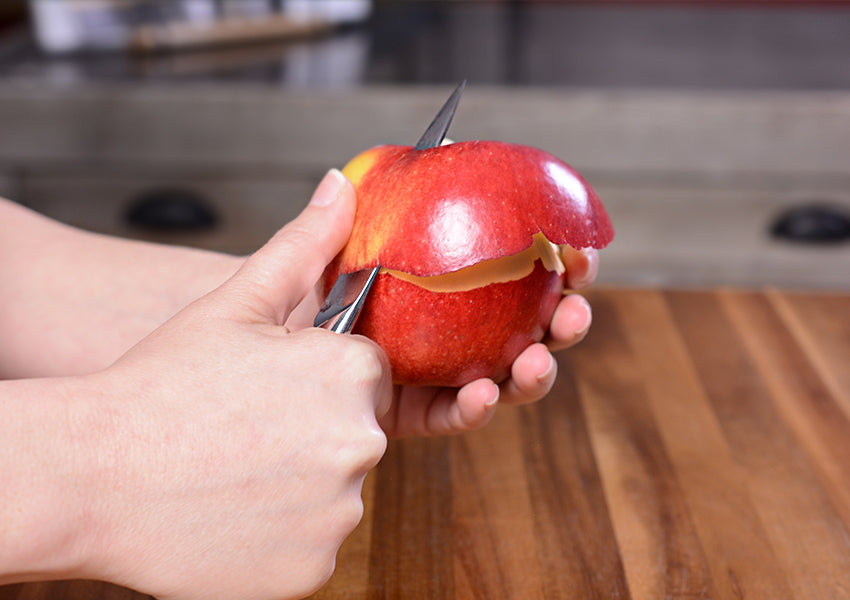A Japanese chef knife is more than just a kitchen tool its a masterpiece of craftsmanship, balance, and design. One way to truly make your knife stand out, whether for personal use or as a gift, is by customizing the handle with vibrant colors. This guide will teach you how to dye Japanese chef knife handle in ways that are safe, eye-catching, and durable. With these methods, you can add a personal touch to your culinary arsenal while preserving the knifes functionality and elegance.
Before jumping in, its worth noting that altering your chef knife handle can feel intimidating. But dont worry with a bit of patience and the right approach, youll be thrilled with the results. Lets dive into some remarkable techniques!

Why Customize a Japanese Chef Knife Handle?
Many people cherish their Japanese knives for their exceptional sharpness and timeless design. You might want to dye the handle for a variety of reasons:
- Personal Expression: Reflect your style and taste.
- Gift Customization: Create a unique, cherished present.
- Repair and Refresh: Cover scratches or discoloration.
In many cases, the results can be truly life-changing in transforming your regular knife into an exclusive statement piece.
Tools and Materials You Need
Before learning how to dye Japanese chef knife handles, gather the necessary tools.
- Protective gloves and goggles
- A wood or composite chef knife handle
- Wood-safe dye or resin-compatible pigments
- Sandpaper (120600 grit)
- Heat gun or hair dryer
- Epoxy resin (if sealing)
- Brushes and rags
Once you have these materials, youre ready to dive into the process.
Step-By-Step Guide to Dyeing a Japanese Knife Handle
1. Prepare for Safety
Always prioritize safety! Wear gloves and goggles to keep yourself protected. Ensure youre working in a well-ventilated area.
2. Remove the Handle (Optional)
If possible, detach the knife blade from the handle for ease of access. If this isnt an option, cover the blade securely to avoid accidents.
Pro Tip: Masking tape is great for shielding the blade during the process.
3. Sand the Handle
To ensure the dye adheres well, youll need a smooth, clean surface. Use sandpaper to remove any previous coatings or finishes. Start with lower grit (120) and move up to higher grit (600) for a polished finish.
4. Choose the Perfect Dye
Pick a wood-safe dye or pigment that complements your kitchen aesthetic. From bold colors to subtle earth tones, the choice is yours.
5. Apply the Dye
Using a brush or rag, carefully apply the dye in thin layers. Let it dry completely before adding more coats. A heat gun can speed up the drying process if needed.
6. Optional: Seal the Handle
Use epoxy resin to seal and protect the handle, ensuring the color doesnt fade or wear off. This step is particularly important for wooden handles.
Alternative Techniques for Dyeing Knife Handles
If youre feeling adventurous, here are other ways to create a unique handle design:
- Marbling Effect: Mix colors using epoxy resin for a stunning effect.
- Staining: Use wood stains for a natural, classic look.
- Laser Etching and Color Filling: Add intricate designs and fill them in with pigments or paints.
Common Mistakes to Avoid
While learning how to dye Japanese chef knife handle, beginners often make a few errors:
- Skipping Sanding: Without a smooth surface, dyes wont adhere well.
- Using the Wrong Dye: Avoid chemicals that could make your handle brittle.
- Inadequate Drying Time: Rushed layers may lead to uneven results.
Maintaining Your Newly Dyed Knife Handle
1. Avoid Excessive Water Exposure
Although sealed handles resist water, prolonged soaking can still diminish their vibrant color.
2. Regular Cleaning
Wipe the handle with a damp cloth and avoid harsh cleaning chemicals.
For Detailed Knife Tutorials, Read More:
Crafting or customizing your knife handle is just one skill in the kitchen. Check out related tutorials like cutting vegetables fast, or halving your turkey.

FAQs
1. Is it safe to dye a Japanese chef knife handle?
Yes, as long as you use non-toxic, food-safe materials and follow proper safety precautions.
2. Can I use regular wood stain for dyeing?
Absolutely! Wood stains are a great option. However, always ensure compatibility with your handle material.
3. Does dyeing affect the knifes performance?
No, dyeing focuses solely on aesthetic appeal and doesnt change the knifes performance capabilities.
For more advice on knife safety, check out this external guide on kitchen cuts prevention.
This article contains affiliate links. We may earn a commission at no extra cost to you.


